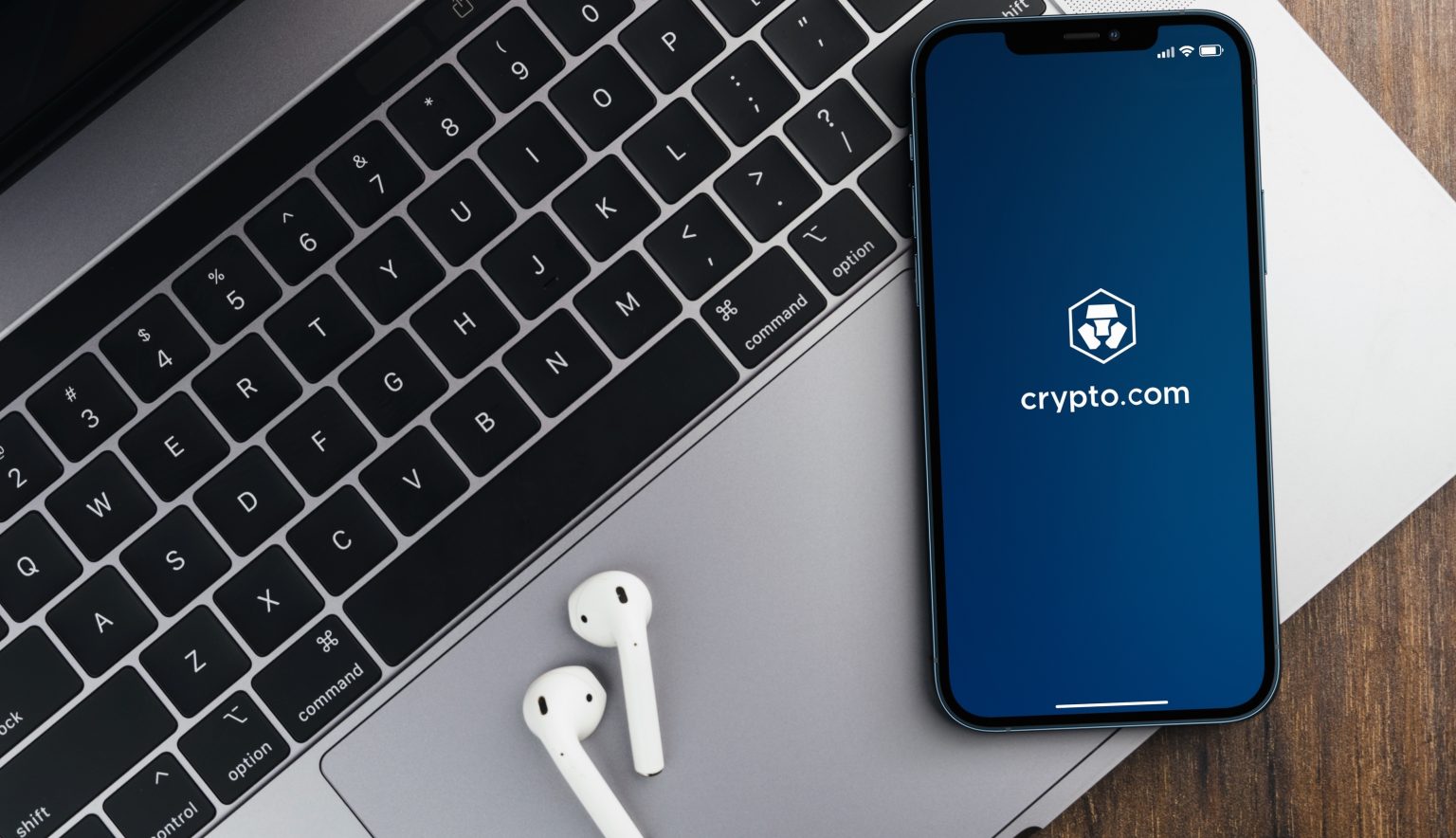Coinbase Expands Multi-Chain Support, Integrates Polygon (MATIC) Network for USDC Deposits
SOURCE: HTTPS://THECURRENCYANALYTICS.COM/
OCT 11, 2023
How Crypto.com Verifies Users Without Compromising a Convenient Experience
SOURCE: PYMNTS.COM
APR 05, 2022

Cryptocurrency is now officially in the mainstream, having completed its evolution from an obscure hobby for computer enthusiasts to a multibillion-dollar industry with advertisements on national television. Thousands of different cryptocurrencies are now on the market, used for everything from non-fungible tokens (NFTs) to Tesla purchases.
Serious concerns remain about the security and fraud issues surrounding cryptocurrency, however, such as account takeovers, money laundering and a range of other complications. These concerns have put a damper on the more widespread acceptance of cryptocurrencies for everyday purchases, such as groceries or merchandise, as retailers run the risk of holding the bag if a cybersecurity incident happens on their watch.
“[Just] 4% of surveyed merchants indicated they are equipped to accept crypto as a method of payment today, leaving a significant gap in fulfilling customer interest in crypto commerce,” said Eric Anziani, chief operating officer at Crypto.com. “With limited to no opportunity to conduct direct transfers from customer to merchant crypto wallets today, customers are typically forced to take the additional step of converting crypto to fiat before making purchases.”
Enhanced cybersecurity measures will be critical to promoting the more widespread use of cryptocurrency. Anziani discussed the most effective ways to do so in a recent interview with PYMNTS.
Protecting Cryptocurrency Payments
Customer verification must be a tough nut to crack for potential fraudsters while not inconveniencing legitimate customers. To accomplish this, Crypto.com deploys different security measures for its “hot wallets,” which are internet-connected wallets vulnerable to online attacks, and “cold wallets,” which are not connected to the internet and are considered more secure, but less convenient with which to transact.
“For hot wallets, it is straightforward, with a 12-word phrase on MetaMask, private and public keys,” said Anziani. “For cold wallets, like Ledger, with whom we have a strategic partnership, there is a 24-word phrase with both private and public keys. Ledger does not have access to the customer funds.”
Many customers prefer to transact through their smartphones, as cryptocurrency values fluctuate quickly and users need immediate access to their wallets. It is critically important that this potentially vulnerable gateway be secured, as well.
“For the Crypto app, we use multifactor authentication with a form of biometric authentication and wallet white-listing of external addresses,” said Anziani.
Ensuring cryptocurrency’s security could go a long way toward promoting its more widespread acceptance for everyday purchases. Anziani also offered PYMNTS a glance at what this potential future could look like.
Ensuring a Prosperous Cryptocurrency Future
Consumers are ready to use cryptocurrency payments, Anziani said, but the problem is that they lack outlets with which to do so. Retailers and payment providers that handle cryptocurrency are seeing a boom in business, however, indicating pent-up consumer demand.
“We know an overwhelming number of customers are interested in purchasing goods or services with cryptocurrencies, [according to a] Crypto.com and Worldpay from FIS study: 75% of more than 110,000 users across geographies and demographics,” Anziani explained. “And despite the current lack of merchant infrastructure to support crypto payments, there continues to be a growth in commerce use cases. For example, approximately 65% of Crypto.com customers use our Crypto.com Visa Card.”
Security is just one of many factors limiting cryptocurrency’s broader adoption, but it is a solvable problem. Making these payments less vulnerable to fraud could open the door to acceptance across the board.
“As the crypto space continues to evolve and pivots toward a multichain ecosystem, we might soon see merchants and customers not only transacting and interacting with cryptocurrencies, but [also] doing so across a whole suite of cryptocurrencies,” said Anziani. “There is still a long way to go, but with consumer interest and the continued merchant pivot to digital pointing the way, this scenario is a possible future state.”
For now, however, cryptocurrency largely remains an investment vehicle, but that makes it no less imperative to secure. Technologies such as biometrics and multifactor authentication are key for keeping fraud at bay.
LATEST NEWS
WHAT'S TRENDING


Data Science
5 Imaginative Data Science Projects That Can Make Your Portfolio Stand Out
OCT 05, 2022

SOURCE: HTTPS://THECURRENCYANALYTICS.COM/
OCT 11, 2023
SOURCE: HTTPS://FORKAST.NEWS/
SEP 25, 2023
SOURCE: WWW.BUSINESSTODAY.IN
AUG 11, 2023
SOURCE: HTTPS://COINTELEGRAPH.COM/
JUL 19, 2023
SOURCE: HTTPS://WWW.BUSINESS-STANDARD.COM
JUL 06, 2023